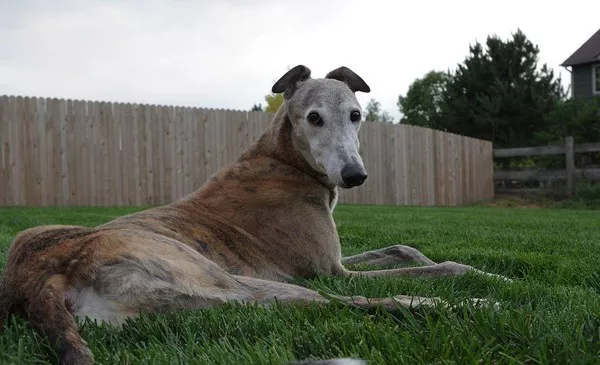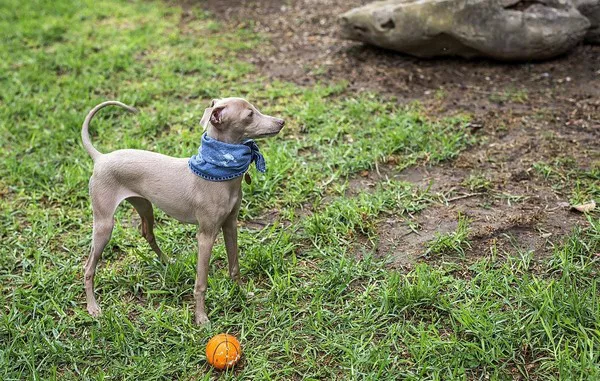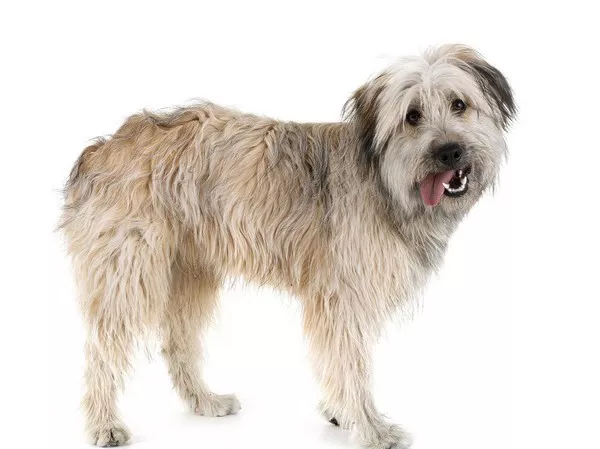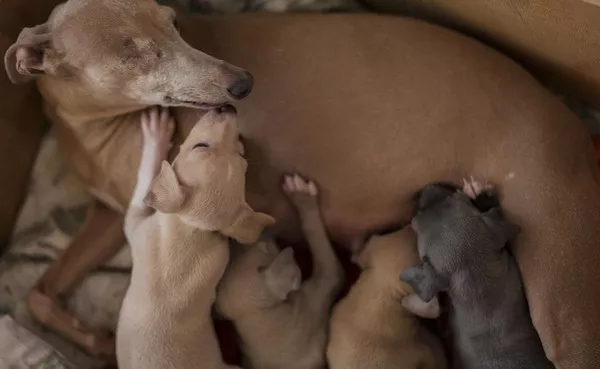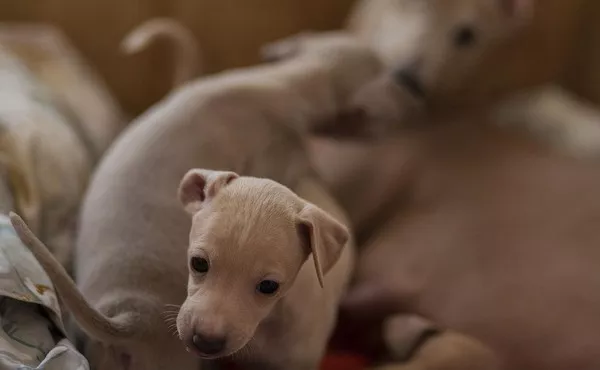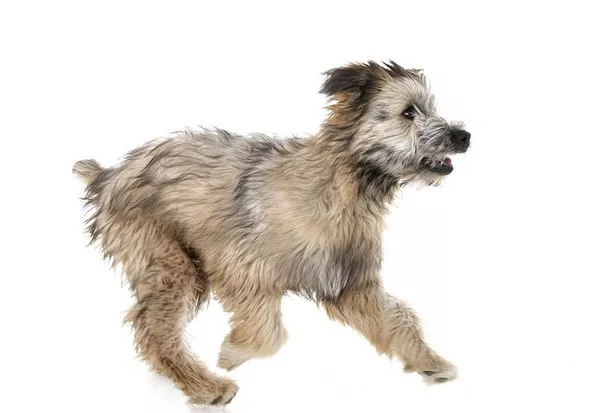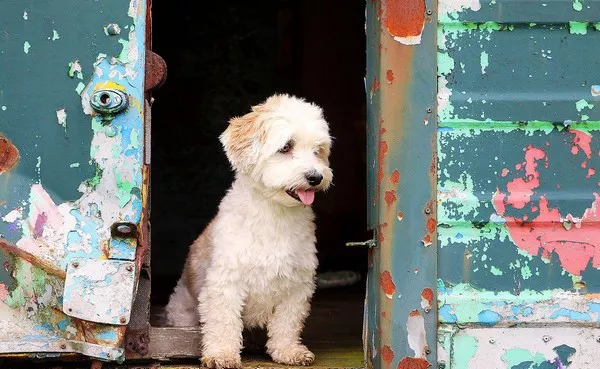Foxhounds, a distinguished breed known for their incredible stamina and skill in hunting, are often associated with fields, open landscapes, and the thrill of the chase. However, beyond their working abilities, many potential dog owners wonder about the personality and behavior of foxhounds in a home environment. Specifically, a common question that arises is, “Do foxhounds cuddle?”
This is a fascinating question because it taps into the heart of understanding a dog’s personality, behavior, and how different breeds interact with humans in various settings. To answer this question, it’s important to dive into the origins of the foxhound, their breed characteristics, and how they typically behave in domestic environments. Through this exploration, we’ll understand not just whether foxhounds are prone to cuddling but also how they show affection in their own unique ways.
Understanding the Foxhound Breed
Foxhounds are a group of breeds historically bred for hunting, particularly to track and chase foxes across vast terrains. The American Foxhound and the English Foxhound are the two most commonly recognized breeds, both sharing common traits but with some differences due to their origins.
Origin of the Foxhound
Foxhounds were originally bred in England in the 16th and 17th centuries for the purpose of fox hunting. The breed was developed by crossing various types of hounds, with a focus on stamina, endurance, and the ability to work in packs. Their primary role was to chase foxes, working as part of a larger pack under the direction of a huntsman.
Over time, the breed spread to America, where the American Foxhound was developed as a more refined version of the English Foxhound. This American counterpart was bred to be slightly more independent and to handle the terrain and conditions of the United States. Despite these small differences, both types of foxhounds share the same core attributes: they are energetic, intelligent, and loyal, with a deep desire to work.
Key Characteristics of Foxhounds
Foxhounds are medium to large-sized dogs with strong, muscular builds. They have short coats that shed moderately, typically in a combination of black, white, and tan, giving them a striking and distinctive appearance.
Energy and Stamina: Foxhounds were bred to chase and hunt for hours on end, and they have an abundance of energy. They are not couch potatoes; instead, they thrive on physical activity and mental stimulation. This high energy level often means they need more exercise than typical companion dogs.
Independent Nature: While they are not known for being overtly independent like some other breeds, foxhounds do tend to have a certain level of self-reliance. They are used to working in packs and can be quite focused on their tasks, sometimes appearing aloof or distant.
Affectionate but Not Overly Demanding: Foxhounds are loyal and affectionate dogs, but they don’t necessarily crave constant attention or cuddling. They may show affection in their own ways, often with gentle nudges or sitting by their owners rather than seeking direct physical contact.
Intelligence and Trainability: Foxhounds are highly intelligent, as they need to follow complex scent trails and make independent decisions during a hunt. However, this intelligence can sometimes translate into a bit of stubbornness. They may not always be eager to please like some other breeds, which can make training a bit more challenging for new dog owners.
Do Foxhounds Cuddle?
Now that we have a general understanding of the foxhound breed, let’s tackle the main question: Do foxhounds cuddle?
Cuddling Behavior in Foxhounds
To answer this question, we must look at the foxhound’s behavior in the context of their breed traits. While foxhounds are affectionate, they are not known for being overly needy or physically demanding of attention in the way that some other dog breeds might be. Foxhounds do not tend to jump into your lap or cling to you as much as some smaller, more “clingy” breeds like Cavalier King Charles Spaniels or Dachshunds.
However, that doesn’t mean that foxhounds are completely averse to cuddling or physical affection. In fact, many foxhounds enjoy being close to their human companions, particularly after a good run or outdoor activity. Their affectionate side may not involve “cuddling” in the traditional sense, but they are happy to sit beside you, lean against you, or rest their head in your lap.
The “Cuddle” Expectations of Foxhounds
Foxhounds may not instinctively seek cuddles, but they do bond strongly with their owners. The way they express affection is often more subtle and respectful of personal space. A foxhound may lie at your feet or rest beside you, enjoying your presence without demanding constant physical contact.
This type of behavior stems from the breed’s historical background as hunting dogs. Their primary function was not to be lap dogs, but rather to work alongside their human counterparts in the field. As a result, they developed a strong sense of loyalty and companionship without the need for constant physical affection.
Foxhounds are also more independent in nature than some other companion dogs, and their early training in the field (where they often worked in packs) reinforced their ability to operate without needing constant human interaction. In their homes, foxhounds might prefer to be near their owners, but they might not demand to be the center of attention or seek out cuddling on their own.
Factors That Influence Cuddling Behavior in Foxhounds
Just like any dog, individual foxhounds will have their own personality traits that affect their desire for cuddling. Several factors influence how likely a foxhound is to cuddle, including their upbringing, socialization, and personal temperament.
Early Socialization: Foxhounds that are well-socialized from an early age may develop a stronger bond with humans and be more inclined to seek out affection. If they are raised in an environment where they are frequently handled, loved, and shown attention, they may become more comfortable with physical affection as adults.
Exercise and Activity Level: Foxhounds are high-energy dogs, and after a long walk, run, or play session, they may be more likely to rest and cuddle. Physical exercise can help to calm down a foxhound, making them more willing to relax and enjoy a quiet moment with their owner.
Age and Temperament: Younger foxhounds, especially those still in their puppy phase, may be more curious and affectionate, seeking the comfort of their owners after a stimulating playtime. Older foxhounds may be more relaxed and content to rest near their owners rather than seek active cuddles.
Owner’s Behavior: How an owner interacts with their foxhound can influence the dog’s behavior. If you create a comfortable, relaxed environment that includes gentle affection and positive reinforcement, your foxhound may become more inclined to show you affection, including through cuddling.
Health and Well-being: A healthy foxhound is more likely to engage with their owner in physical ways, while a dog that is in pain or feeling unwell may avoid close contact. If your foxhound is not seeking cuddles, it’s always a good idea to check if they are physically comfortable.
How Foxhounds Show Affection
While foxhounds may not be the first breed to jump into your lap for a cuddle, they certainly have ways of showing affection. Understanding these behaviors is key to fostering a strong bond with your foxhound.
Nudging and Leaning: Foxhounds will often nudge their owners with their nose or lean against them when they want attention. This is a subtle way for them to express affection without being overly clingy.
Resting Near You: One of the most common ways foxhounds show their affection is simply by staying close to their owners. While they may not always seek physical touch, they often prefer to be in the same room or area, indicating their trust and bond.
Licking: Like many dogs, foxhounds may lick their owners to show affection. This is often a sign of loyalty and love, and it may be directed toward a person’s face, hands, or feet.
Tail Wagging and Ears Forward: A wagging tail or ears held in an alert but friendly position are indicators that a foxhound is happy and comfortable with you. These are positive signs that the dog is enjoying your company.
Cuddling in Their Own Way: Some foxhounds, particularly those who have been raised in a home environment with a lot of affection, may learn to be more physically affectionate. They might seek out a spot next to you on the couch or bed, resting their head on your lap as a way of expressing their affection.
Conclusion
In conclusion, the answer to whether foxhounds cuddle is not a simple “yes” or “no.” While they may not be the most physically affectionate dogs in the traditional sense, foxhounds are certainly capable of forming deep bonds with their owners. Their way of showing affection might not involve constant cuddling, but it manifests in other ways, such as sitting near you, nudging, or simply being present in your space.
For foxhound owners, the key is to understand that this breed, while loyal and affectionate, is not the type of dog that demands constant physical attention. Instead, they are content to enjoy quiet companionship and moments of closeness. Their independent nature, combined with their working background, means that they will often show affection in a more subtle and respectful manner.
So, if you’re looking for a dog that will curl up on your lap for hours of snuggling, a foxhound may not be the first choice. However, if you want a dog that will loyally stay by your side, share peaceful moments together, and occasionally show affection in their own unique way, a foxhound can be a wonderful companion.
Related Topics:

